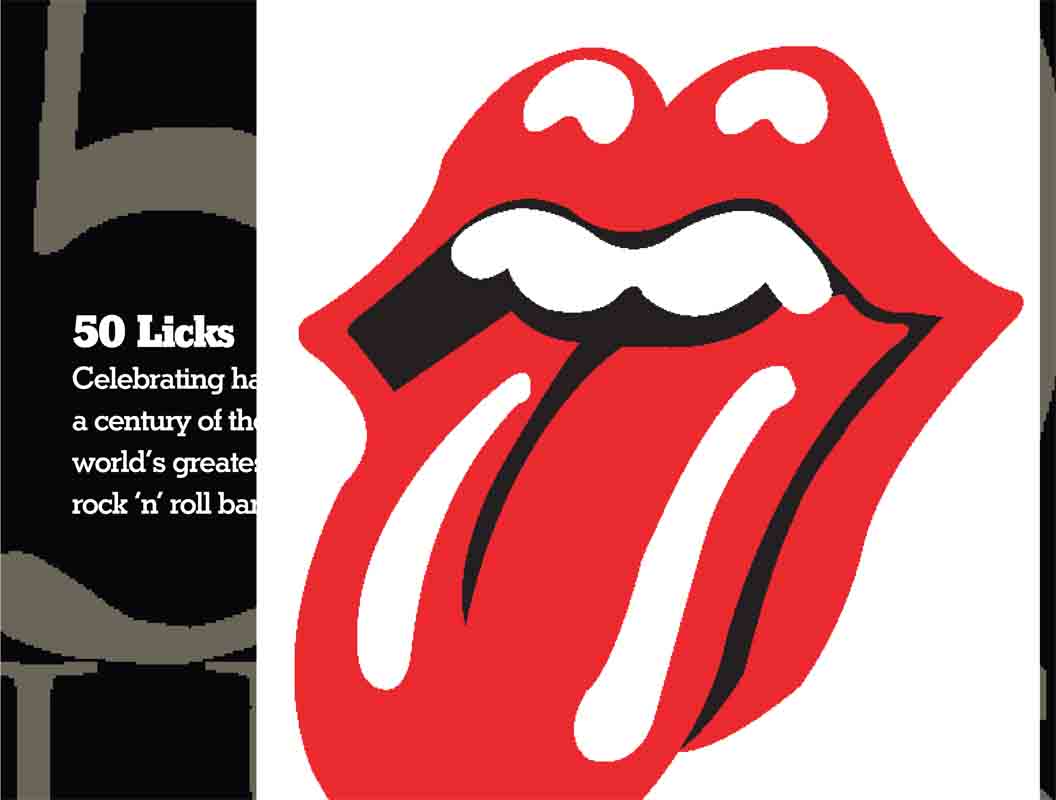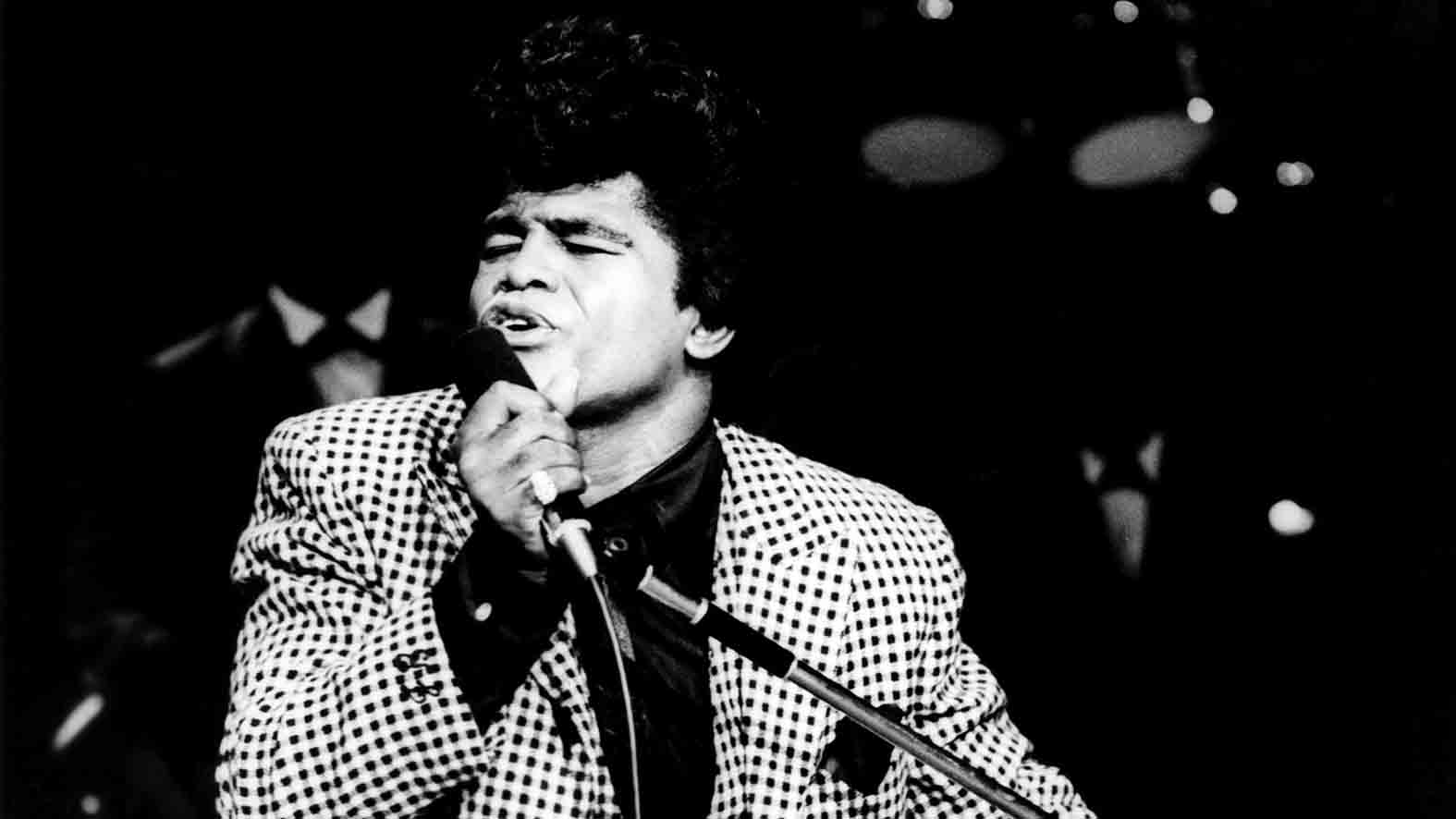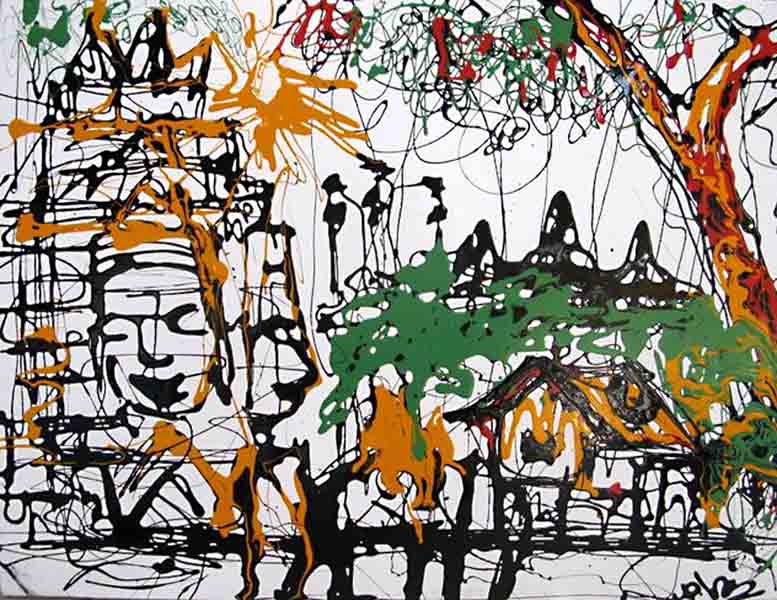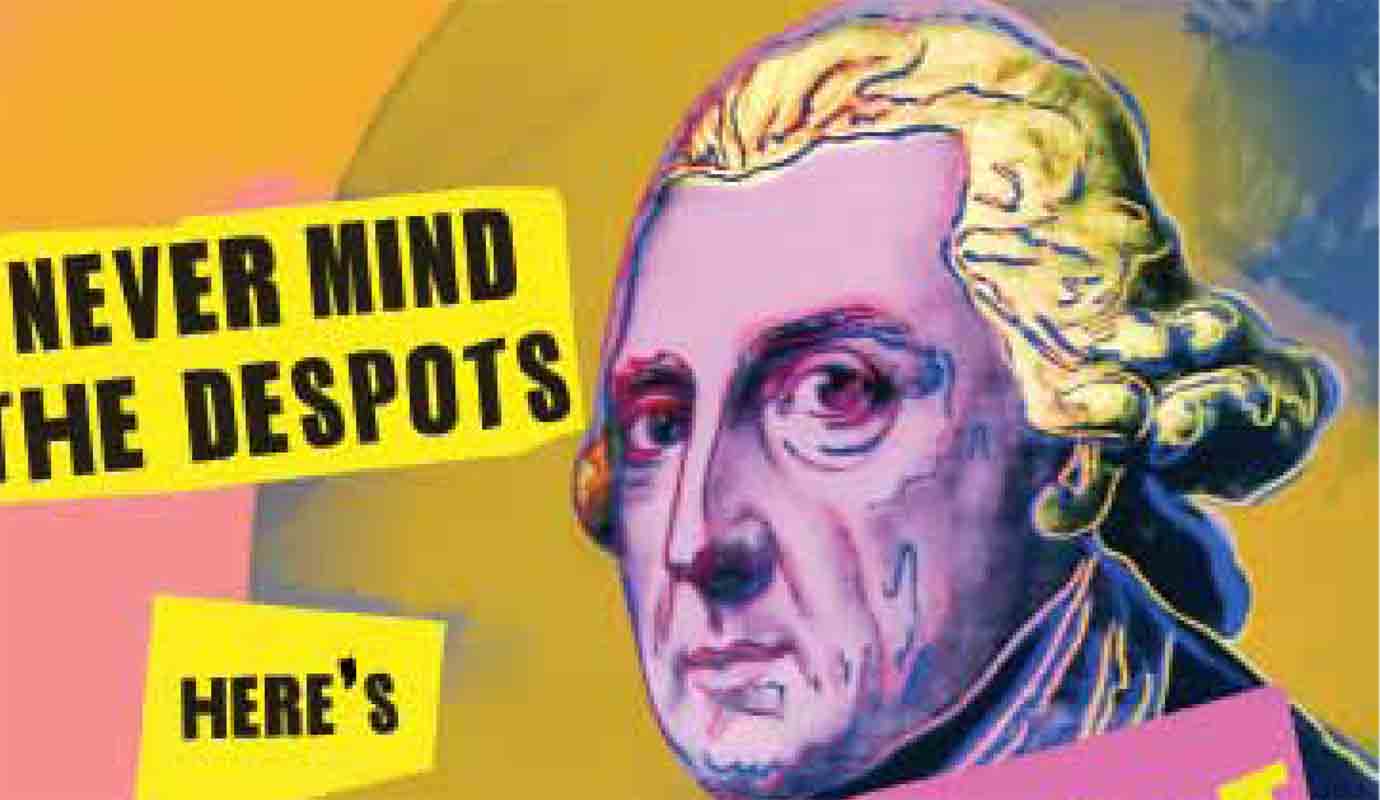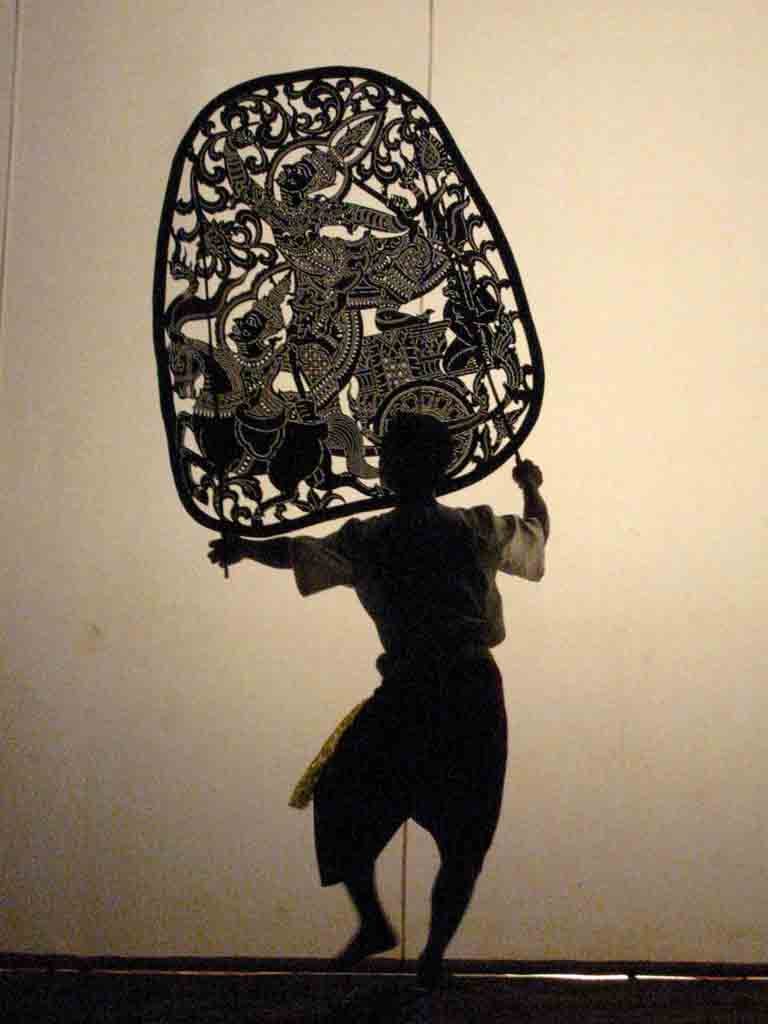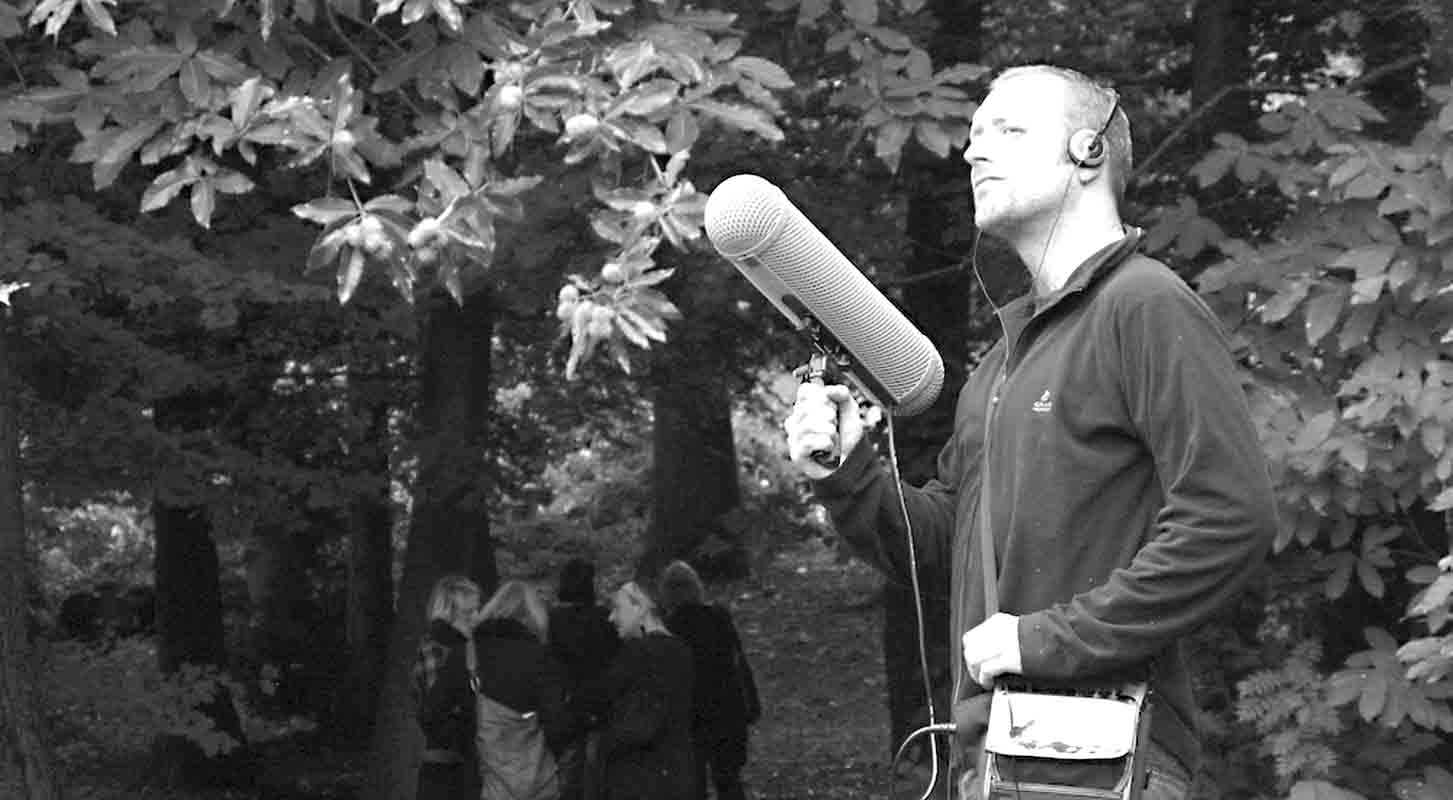Celebrating half a centuryof the world’s greatest rock ‘n’ roll band
The fuzzy monochrome photo, taken in 1950 at Wentworth Primary School in the UK, gives not the slightest hint of the superstardom to come. To the left of the frame, a clean-cut eight-year-old boy with lopsided fringe stands to attention in short trousers and pullover. Dead centre in the row behind, another boy – five months younger – grins wickedly, school tie askew and ears jutting out like the wings of a small aircraft. Little could these fresh faces have known that, more than six decades later, they would be chalking up half a century as the core of the world’s greatest rock ‘n’ roll band.
Mick Jagger and Keith Richards, sole survivors of the original Rolling Stones line-up, were just four years old when destiny first conspired to bring them together. They parted ways when their families moved home, but collided again at Dartford train station one day en route to their respective colleges. The Chuck Berry and Muddy Waters albums Jagger had with him reignited their mutual interest and by the summer of 1962, a nervous band called the Rollin’ Stones was playing their first gig to a bemused crowd of jazz fans in a basement club on London’s Oxford Street.
On the front line that muggy night at The Marquee was lead vocalist Jagger, then 18 and a student at the London School of Economics; his old grammar school pal Richards, clad in funereally dark suit; and 20-year-old Brian Jones, who had recently named the band after a Muddy Waters song and for most of the show, according to Stones’ biographer Christopher Sandford, “pogoed up and down, leering at the women”. Behind them was the already comically deadpan rhythm section.
Rehearsal time had been limited, and as the band officially billed Mick Jagger and the Rollin’ Stones downed scotches and brandies on stage to calm their nerves, the assembled Buddy Holly doppelgangers took their time warming to the 50-minute blast of American rhythm and blues. Catcalls brought on by the initial “very suspect tuning and internal balance”, as described by Melody Maker magazine the following week, were silenced during the final 15 minutes when the band upped the tempo. The acne-scarred second guitarist, dressed entirely in black, spurred on the drummer by hammering one spindly leg up and down and screeching “Fuck you! Faster!”
After the gig, the band wandered unrecognised down the road and into The Tottenham pub, where they were joined by part-time drummer Charlie Watts. Watts had seen the show and recognised the Stones’ appeal. “My band was a joke to look at, but this lot crossed the barrier,” he said. “They actually looked like rock stars.” By Christmas of that year, Watts was the Stones’ new drummer.
No one, least of all the band themselves, guessed at the time that they were bound for the 21st century. But as Chris Welch of The Bexleyheath & Welling Observer wrote just 18 months later, “Of all the sensational groups to hit British pop music since the advent of the Mersey Sound and the rhythm ‘n’ blues revival, the weirdest, oddest, the most uncompromising seem to be the Rolling Stones.”
“I didn’t expect to last until 50 myself, let alone with the Stones,” says the 68-year-old Keith Richards of today on rollingstones.com. “It’s incredible, really. In that sense we’re still living on borrowed time.” But while the Glimmer Twins who shocked our parents with Mars Bars, dope and sympathy for the devil may look a little worse for wear, the gnarled ex-junkie and the balloon-lipped Jagger seem to have vanquished their many drug- and wife-induced demons. As half a century clicks by, the Stones stand ranked number four in Rolling Stone magazine’s 100 Greatest Artists of All Time, and worldwide sales are estimated at more than 200 million albums.
It was on the eve of yet another milestone that local tribute band Stoned Again first came to be. Prodded by the managers of Sharky Bar into giving the nod to what is widely considered their finest album, a small group of expat musicians joined forces to recreate the sound of 1972 LP Exile on Main Street. Australian Karen McArthur is the outwardly unlikely lead vocalist of what was first known as The Stone Daddies and then Captain Jack before its current incarnation. “Originally we just played a set from Exile and got a really good response from the audience. Everyone was like ‘Wow, there’s a chick singing Mick Jagger.’
“I was teaching grade ones at the time so I constantly had a cold and could always get the gravel in my voice, which was great: the Mick Jagger growl. You know what it’s like in Phnom Penh: you can reinvent yourself however you want and I hadn’t sung since I left university, so that’s 23 years. I used to sing punk, rock ‘n’ roll, blues. But it’s not about being Mick Jagger – affectionately, we call me Chick Jagger – it’s about being myself and having fun.
“A lot of people have said that it’s interesting that we have a woman singing, but as we always said, we never wanted to have someone who was a bad imitation of Mick Jagger. If you’re going to be a cover band, you have to give it your own flavour. The band we have now, we all fit really well together. I can rely on James to entertain the audience, or we can have some banter on stage. We’re all really comfortable with each other. We’ve gone from just playing the album, to the music being part of the band.”
After a nine-month hiatus, Stoned Again took the stage at Sharky’s Penhstock III festival in May and have since been voted, on the bar’s blog, second best out of the 30 bands that played (Sliten6ix are currently leading with 47% of the vote versus Stoned Again’s 24%). But don’t expect carbon copies: “At first, we had a band member who wanted to be really true to the album and if I didn’t sound exactly like Mick’s phrasing, he’d go ‘No, no, it’s not right,’” says Karen. “We came to an agreement that we needed to put our own flavour to it, so I sang it the way it suited my voice.”
“There is only one Rolling Stones, and that’s not who we are,” says bass player Tim, owner of British pub The Cavern. “What we do is a tribute, just showing our appreciation for their music.” Because Stoned Again aren’t trying to emulate the Stones but simply pay respect, there’s a noticeable lack of the frippery so synonymous with the real thing. “The whole point of our band isn’t to be a really bad imitation; it’s about celebrating a really good group of rock ‘n’ roll musicians,” says Karen. “It’s quite freeing being a girl. I did one gig in a dress – and the audience just didn’t get it. ‘What are you wearing a dress for?’ I’m a girl!
“Whatever songs we play, by the end of the first set people are up dancing. They know we’re not an imitation, but an interpretation. For me, it’s more about symbols: whenever I hear The Rolling Stones, I see those big lips, always, always. I could never be Mick Jagger – and I would never take enough Botox to make my lips look like that!”
WHO: Stoned Again
WHAT: The ultimate Rolling Stones tribute band
WHERE: Sharky Bar, St. 130
WHEN: 9pm August 24
WHY: 50 years is a bloody long time in rock ‘n’ roll
